
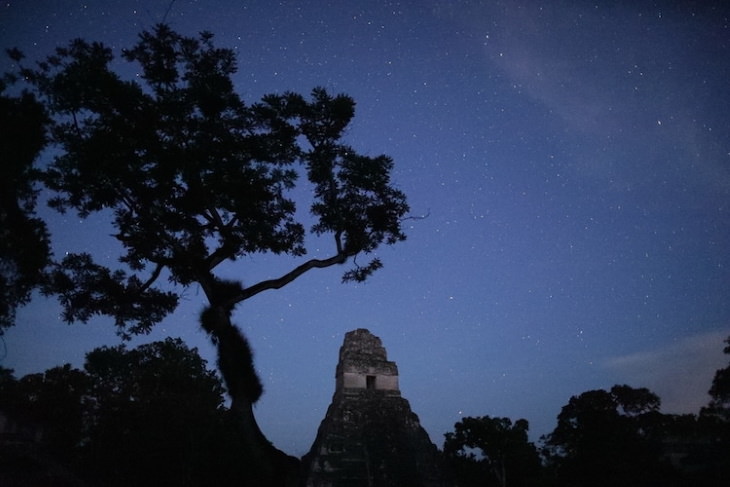
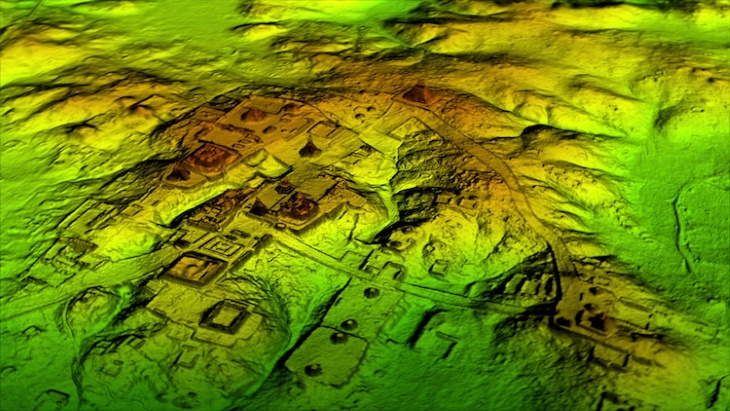
Lidar works by beaming a laser from a hand-held scanner from an airplane or up-close. The technology creates a virtual 3D map of the area, omitting the vegetation and leaving only the topography of the area. “There are entire cities we didn’t know about now showing up in the survey data,” said archaeologist Francisco Estrada-Belli, one of the leading scientists with the Foundation for Maya Cultural and Natural Heritage (Pacunam) which launched the project.
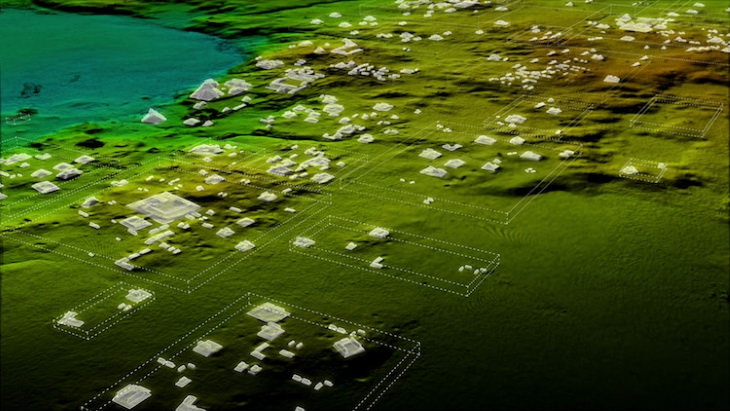
The new data also found thousands of residential homes, which helped scientists understand that the population of the territory was 11 million, nine million more than previously estimated. This puts the Maya on the same level as ancient Egyptian and ancient Chinese civilizations, both in terms of their population and level of advancement.
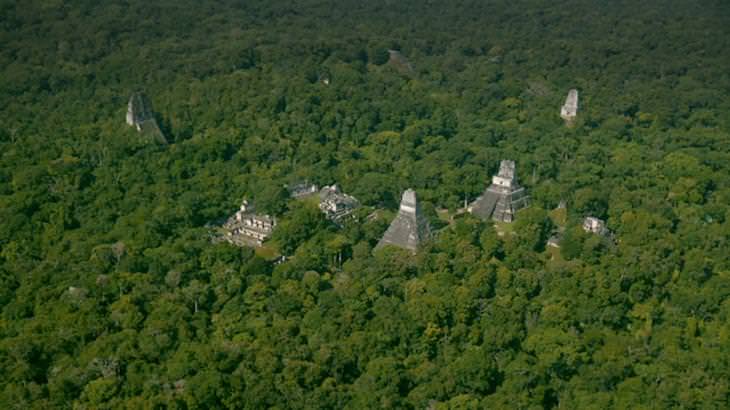

10 Fascinating History Facts You Probably Didn’t Know
In this article, we collected 10 absolutely fascinating historical facts, many of which touch upon the unexpected origins of concepts like New Year's resolutions.
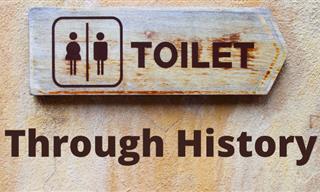
Thrones of Sanitation: Lavatories Throughout History
Today we're taking a deep dive into the past, where we will inspect the toilets that made history.
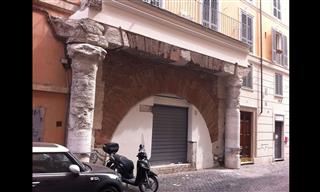 14:24
14:24
7 Roman Buildings Hidden in Plain Sight
Millions of tourists pass by these Ancient Roman buildings, idle to the fact that the hair salon or restaurant they just emerged from is thousands of years old.

These Common Words Began as Mistakes - Unbelievable!
Some spelling and grammar mistakes change a student’s grade for the worse, others transform the language forever.
 2:23
2:23
Amazing Discovery - a Fast Food Stall Uncovered in Pompeii
Archaeologists recently discovered an Ancient Roman snack bar in exceptionally good condition in Pompeii that served the Ancient Roman alternative of fast food

16 Jaw-Dropping Archeological Finds
Even if you weren’t a fan of the subject back in school, you’ll love the visual history lesson we prepared for you today.

There are Some Great Secrets Found in Mathematics...
Numbers hold some great secrets - they even tell us about life!
 26:45
26:45
Future Technology: Inventions That Will Change Our World
Check out a few amazing futuristic inventions that are about to become mainstream.
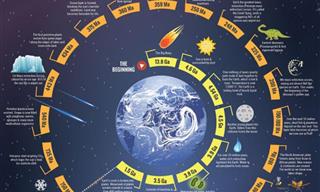
The History of Our Planet in One Beautiful Spiral...
This beautiful infographic offers us a remarkable story – the history of Planet Earth.

Ancient Skull Found In China Unlike Any Human Ever Seen
A newly-discovered skull in China had baffled scientists. This could mean we might have discovered an entirely new species of humans.

10 Real-Life Technologies That Science Fiction Foretold
Sometimes even the wildest science-fiction predictions about the future come true.
 2:34
2:34
Let's Talk About Size, From Big to Huge.
an incredible discovery that leads us to a better and better understanding of these objects' true size.
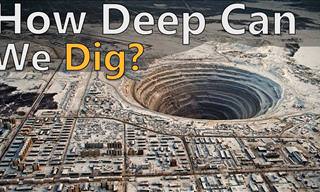 8:11
8:11
Fascinating: What is the Deepest Hole Humanity Has Dug?
This video explains how low humanity has dug down so far.
 9:24
9:24
These Shoes Can Boost Your Walking Speed by 250%!
Robotic engineers have created shoes that, they claim, will increase your speed by 250%.

6 Weird and Creepy Medical Tools of the Past
After seeing these weird and creepy medical devices of the past, you’ll be thankful you live in the 21st century. Take a look for yourself.
 15:37
15:37
These Expensive Megaprojects Proved to be a Waste of Time
Not all megaprojects are useful. Here are some worthless ones.
 2:01
2:01
What Does the Appendix Actually DO?
Dr. Berg explains, in this video, all about the appendix and what it actually does in our body.
 30:04
30:04
50 Crazy But True Facts About Dreams You Need to Know
Here are some strange and unusual facts about dreams that will surprise you.
 13:38
13:38
24 Smart Storage Inventions You Didn't Know You Needed
These super useful inventions are designed to make you help space!

Science Proves: These 10 Bible Stories Probably Did Happen
The Bible describes many seemingly supernatural cases, but today, science can show that they might have indeed happened.

2023 in Science: Biggest Discoveries You Missed!
Let’s take a look at the most amazing scientific discoveries that made news this year.

TRIVIA: 25 Shocking Differences Between the Sexes
Did you know that there are some vast differences between the sexes? These 25 scientific facts will probably come as a big surprise to you, they did to me.
 26:43
26:43
These 20 Tech Inventions Will Define the Next Decade
The future is here. Check out some emerging technologies that are all set to chane our world forever.

8 Biggest Mysteries Still Surrounding the Human Body
Although modern science has revealed much about the human body, there are some things that still remain unknown. Here are the 8 biggest mysteries about it.

7 Weird Facts About the Human Voice That Will Surprise You
We bet you didn’t know these peculiar facts about the human voice.

Why Do We LAUGH? 7 Studies on the Origins of Humor
As pervasive as it is in our lives, the origin of laughter remains an intriguing enigma. This article investigates the origins of laughter and humor.
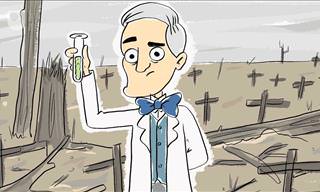 1:44
1:44
The Accidental Discovery of the World’s First Antibiotic
Not too long ago, it was fairly common to die of the simplest of wounds due to bacterial infection. Penicillin changed everything.

Can One Photo Really Tell How Good Your Eyesight Is?
Scientists say that this single photograph can tell you whether you have good vision or not. Who can you see in the image?
 6:47
6:47
7 Exciting Physics Tricks You Have to See!
Watch these seven remarkable physics tricks in this exciting and fun video.

Scary Stories: 11 of the World's Creepiest Experiments
Truth is stranger than fiction, and this can be said for occurrences in the scientific world too. Here are 11 of the world's creepiest experiments
 13:00
13:00
Visual Illusions: What Color Are These Strawberries?
Tricking our brain into believing that something is one color or shape than another thing is surprisingly easy, but can we explain why?
 5:03
5:03
WHY is Sugar So Devilishy Addictive?
There seems to be a fascinating scientific explanation for why our will power is weak when it comes to sugar!

5 Puzzling Mysteries That Science Finally Managed to Solve
These weird occurrences have puzzled humanity for decades, if not centuries. Finally, scientists solved them & the solutions are exciting...

6 Signs That Someone is Listening on Your Cellphone Calls!
With technology advancing all the time, there is the ever-increasing chance of our phones being tapped. Here are 6 signs that your phone could be tapped.
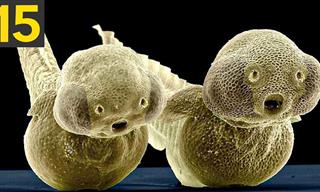 19:33
19:33
Thought Nature is Wild? See It Under a Microscope
You won't believe the things you could discover by looking at everyday items under a microscope.
 9:31
9:31
The Channel Tunnel - The 7th Wonder of the Modern World!
The construction of the Channel Tunnel is said to be an impossible feat!
 14:49
14:49
This Man Built an Automatic Train System for Trash Cans!
Wouldn’t it be cool if a robot picked up and moved our garbage out for pickup with the push of a button?
 9:39
9:39
Science Lesson: How Does Laser Tattoo Removal Work?
How laser removal of tattoos actually works. These guys are going to find out and explain it to us.
 21:53
21:53
24 Confusing Optical Illusions Explained - Fascinating!
How do our eyes fool the brain? Let's find out as a neuroscientist explains the truth behind the most confusing optical illusions.
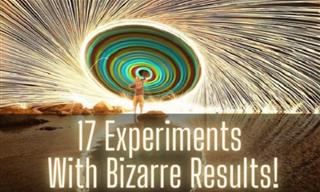
17 Experiments That Produced Very Bizarre Results...
Take a look at this collection of photos showing how common people performed some fascinating accidental scientific experiments.
 13:55
13:55
WATCH: What Is the Fingerprint of God's Creation?
The golden pattern, describes the mathematical code of the universe. Is this the scientific evidence of God's will and plan?

INTERACTIVE: How Personal Items Have Changed Over Time
Some of you will be old enough to remember what many of today's objects used to look like. Here are 20 such objects. Click to see them as they used to be.
 6:25
6:25
These Fire Tricks Will Wow You, But Don't Try Them!
These fire tricks are incredible to look at, but please don't try this at home...

6 Remarkable Yet Overlooked Minds That Shaped Our World
These underappreciated geniuses deserve more recognition.

INTERACTIVE: A Guide to the Workings of the Human Body
The human body is the most complex machine known to man, and the amount of things it has to do to keep us alive is incredible. View this interactive guide now.

These Will Give You True Perspective About Our World
Just to give you an idea of how big the Earth really is in true perspective to all the other heavenly bodies up there in the cosmos.
 17:48
17:48
This Visual Shows the Science Behind the Shape of Rivers
A fascinating visual model that explains why and how rivers change their course.


